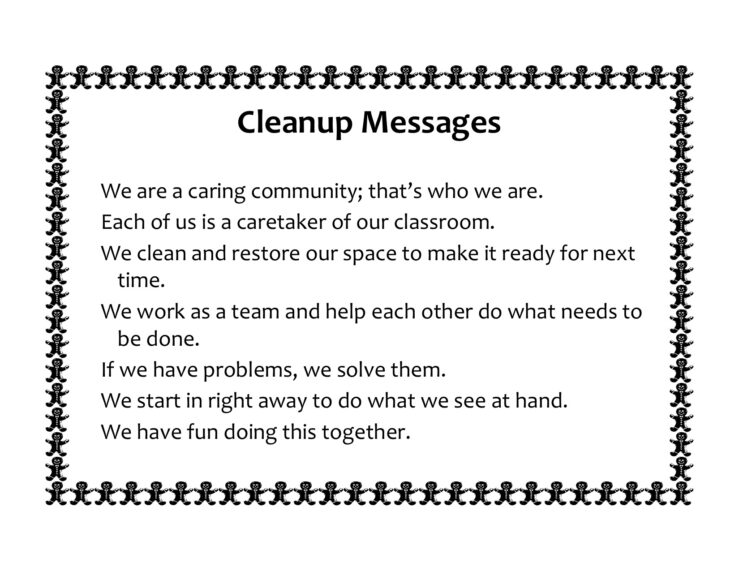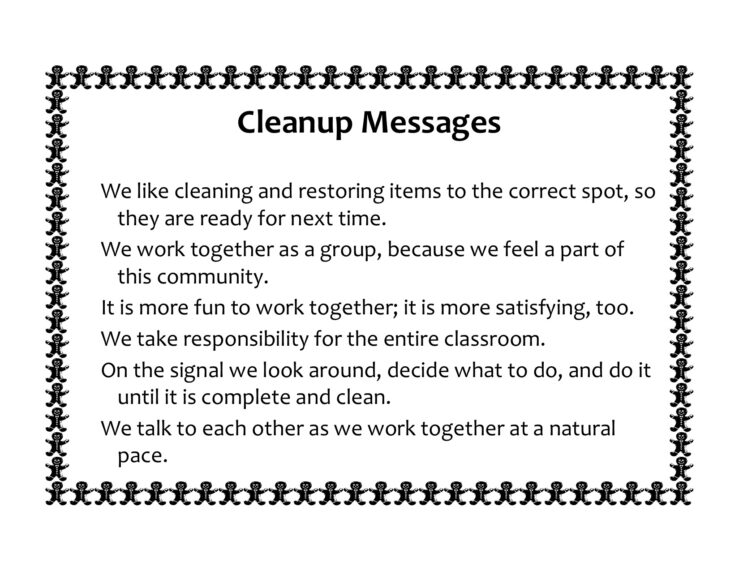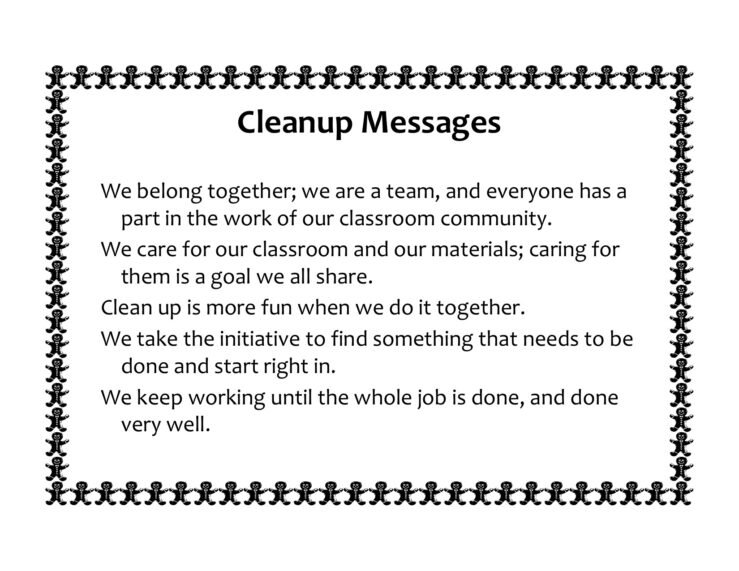Clean-up Builds Community
Here is what clean-up time can look like in a preschool for five-year-olds.
Scene 1 — Community Responsibility from Tom Drummond on Vimeo.
- All the children participate.
- They initiate their own actions, making their own choices of what to do.
- They work in informal teams.
- There is no rush, no races, no press. Clean-up is natural, like living life together.
- They step aside to allow access to others.
- They have fun doing real work, so it doesn’t look like “work” to them.
- They continue until an area is perfectly restored and clean, then find something else to work on.
- They spontaneously celebrate their group accomplishment, something they did together.
- It looks like they enjoy belonging and participating as a community.
Rare
This is the only video I know of where one can see a clean-up like this happen, where no adults are involved. For me, it represents the ultimate goal of preschool: joyous participation in a democratic learning community.
You Can’t Force It to Happen
You can’t push a string, either. It arises because the children choose to participate. It sustains because the children enjoy participation. It is simply more fun to be involved in caring for their own school than avoiding it. If an adult asked children to do this or directed children to do this, the most likely response would either be acquiescence or rebellion, neither of which are my values. Rather, the leadership team has to be very careful not to direct or place any demands upon the children. The rules are simple.
- Model
- Inform
- Respond positively to what you value
If you want something to happen that isn’t happening, do it yourself in a way that highlights how it is done. You can even demonstrate tricky things — like cleaning paint brushes or washing a table so it is really clean — in a large group circle time. Model.
You can always talk about yourself, what you are doing, what others are doing, what has to be done, methods, and procedures. Like a chatterbox, you can riff on each idea in the goals below. Inform.
You can respond with nonverbal warmth and smiles, narrate actions that are new or clever, and talk about the good feelings one has when participating together. Respond positively.
Enterprise Talk & Peer Relationships
Two other sections of this site discuss the role of the group leader, the teacher or parent, in creating the conditions for community clean-up. Referring to the navigation bar on the left (or the menu symbol at the top of your mobile screen) Enterprise Talk is discussed under Leading and Caring for Children and clean-up is a sub-heading on the page entitled A Pedagogy for Ourselves under the current menu heading, Structuring School Opportunities.
Goals for Cleanup Time
I offer you alternative constructions of the goals for cleanup that were created in my classes on clean-up. I showed the students video tape of children cleaning up and asked them to write their own thoughts about what they thought children might learn in clean-up time. They shared their ideas with each other in small group, and then we worked together to write comprehensive statements that included everyone’s ideas. I recommend choosing one and posting it on the wall. Once these are formulated clearly, they become the words the facilitators use all the time.
A PDF document of three signs: CleanupMessages


